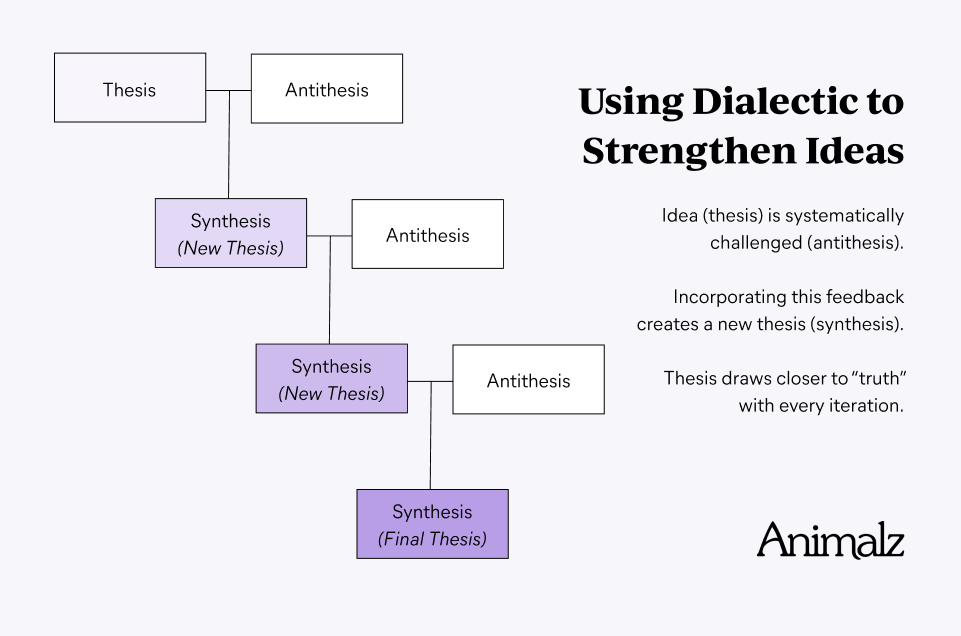
Forget About Traffic and Start Using Content to Drive Leads and Sales - Animalz
Forget About Traffic and Start Using Content to Drive Leads and Sales
Using Google autocomplete to source content ideas is a useful hack, but a trivial one. In fact, nearly all keyword research tools and tips are the same—an impersonal, seductive way to flesh out a content calendar with a very low ceiling. We’d like to propose something new.
To be totally clear, SEO-driven content can and does work, but it should comprise only a small percentage of your total content output. Keyword research can get you only so far. It can help you generate top-of-funnel traffic and help grow your organic presence, but it is severely limited by
- things people already search for,
- your own ability to source interesting keywords, and
- your own ability to find new and interesting ways to write about well-worn topics.
Furthermore, it’s all too easy to drift toward high-volume keywords, forgetting that your primary job is to help grow the business, not the traffic.
As we’ve written before, there is a disconnect between content and sales teams—one that creates an invisible barrier between writers and readers. When content is ideated, written, edited, and published in a vacuum, it can support traffic, but it will almost definitely not support sales.
How many SaaS companies have seen traffic grow steadily while free trials or SQLs stay mostly flat? This is why.
Most great content draws a line around an abstract concept—something that people feel but can’t articulate. You will never find these ideas in a keyword tool; you simply must look elsewhere. Today, we’re going to explain where “elsewhere” is and how to write stuff that drives new leads and helps your sales team close deals.
The Animalz blog doesn’t get much organic traffic. And that’s because we don’t do most of the things that we recommend to our customers to grow their organic presence. Why? We’re not in the volume business. The “if just 1% of 100,000 monthly visitors convert” approach doesn’t work for us. We need highly qualified leads, and we need to close a handful of large deals each month. Our content strategy reflects this. Most of our blog content is dedicated to what we call bottom-of-the-funnel thought leadership. I know, it’s a mouthful, but it accurately describes what we do:
- Bottom of the funnel → content addresses pressing challenges that we can solve
- Thought leadership → tells people how to think, not what to do
To do this, sales and marketing have to be closely aligned. (So closely aligned, in our case, that one person did both roles for about two years.) Content folks should shadow sales calls, and salespeople should write blog posts. There is gold in conversations with prospects and customers, and there’s gold locked in the minds of your sales team. If you want to unlock a new type of content that immediately and profoundly affects new business, you need to get mining.
I’m going to walk through a few specific examples of this type of content on our blog. I don’t know what trends or patterns exist in your sales funnel, so I can’t tell you what topics to write about. I can tell you—in fact, I will promise you—that there are dozens of untapped ideas hiding in your sales process.
The “Upmarket” Trend
Here’s a good rule of thumb: if a topic comes up unprompted in three sales calls, it deserves a blog post. In this example, we heard from a handful of SaaS companies that were eager to “move upmarket” and wanted to rethink content strategy as a result.
The marketer in me recognized an interesting opportunity. “If many SaaS companies aim to move upmarket as they grow, they will have to change their content strategy to align with the new direction.” This is a milestone event that leads to lots of conversation inside these companies and often triggers a search for outside consultants. It’s the perfect time to engage an agency like Animalz.
We noticed that some of these companies were truly going upmarket—building out enterprise sales teams, changing the product to address a new target customer, etc.—but some just wanted larger customers. This became the crux of a blog post that eventually drove a few leads and helped us land well over $100,000 in new annual revenue. Whenever this comes up in a sales call, we have our talking points ready, and we can send a follow-up email with a link to the post.
No keyword research could ever have turned up this topic. It’s just too niche. But it’s happening all over the SaaS world, and now we have the best (and only) article addressing how to plan a content strategy when you move upmarket. Perhaps even more importantly, it shows that we understand where content fits within a larger go-to-market strategy. Knowing how to write blog posts is nice, but deeply understanding your customers’ problems is how you win.
The “Never Enough” Trend
Content teams live on a hedonic treadmill—no amount of traffic ever seems to be enough. We hear this all the time on sales calls. We hear from sites with 10,000 visitors per month, and we hear it from sites with 500,000 visitors per month. Why can’t we appreciate our good work? (Meta side note: Part of the reason no amount of traffic is ever enough is that it’s usually not converting well, hence this blog post.)
We noticed something important about these conversations: People weren’t comparing their site traffic to any benchmark data. They just felt a vague sense of anxiety about their traffic. The big problem here is that traffic is a poor indicator of site health for a few reasons:
- Lots of traffic and few conversions (a common scenario) renders your traffic numbers moot.
- Many sites get the bulk of their traffic from just a handful of pages, meaning the site is actually quite fragile.
- Chasing more traffic incentivizes bad content strategy, leading to inflated traffic:conversion numbers.
To alleviate this, we started introducing folks to a few ways to diagnose site health, absent traffic numbers. There are a few site health markers that we use to evaluate to new customers’ sites, and we decided to share them on our blog. This has been incredibly useful because it helps steer conversations in sales calls and introduces prospects to a brand new idea, thus establishing us as outside-the-box thinkers.
You can read all about diagnosing and maintaining site health here.
The “Series A” Trend
A lot of seed-stage startups dabble with content, but most make their first significant investment in content after raising a Series A . Many of the inquiries we get come from teams that have just raised, and are ready to spend, real money on a robust content marketing program. (Side note: Series A rounds have more than tripled in average size since 2010, according to VC firm Wing, going from $5.1 million to $15.7 million. This means that content investments are also increasing, and many companies are starting earlier.)
This is great for our business, but we also noted a few major challenges that these companies have. Many want growth right away. Others have relied heavily on paid traffic and want to wean off of it faster than it can be replaced by organic traffic. Still others throw too much money at content, overwhelming a team that isn’t ready to scale quality that fast.
We wrote a detailed post about this trend to (1) signal to these companies that we understand their challenges and (2) to help set the right expectations. This post is often cited on sales calls; prospects have read it and want to talk about it. It’s difficult to say exactly how much a single blog post should be attributed to a complex sales cycle, but it certainly helps.
This type of content can be surfaced only by collaborating with sales. (I know I’ve said that already . . . and I might mention it another time or two.)
A DIY Guide
As I mentioned earlier, we can’t tell you exactly what topics you should fill the bottom-of-the-funnel thought leadership category of your content calendar. We can, however, give you a few pointers:
- Get on sales calls. You don’t have to participate—listening in is a great step—but you do have to hear things from the prospects directly. It will take a few calls, maybe even a dozen, before you start seeing patterns, so don’t get frustrated if the first few don’t drum up any great ideas.
- Supplement with lots of other research. Simply noticing a trend isn’t that difficult. To make your observations useful, use additional research to paint the full context. Why is this trend happening? What are the good/bad/neutral implications?
- Make sure your sales team is aware of the new content. The circle isn’t complete until your sales team starts using bottom-of-the-funnel thought leadership content to close deals.
- Don’t measure page views. If you choose to measure page views, you will quickly discard this style of content. It’s not meant to generate broad awareness and should not be measured as such. Find a better way to quantify it: SQLs generated, email subscribers netted, or maybe even clicks from the sales team’s follow-up emails.
- Don’t over-index any single content type. A content strategy should include space for top-, middle-, and bottom-of-the-funnel content. Look closely at your growth constraints to decide how to distribute each. If you have lots of traffic but struggle to convert, you need more bottom-of-funnel content. If you convert well but don’t reach many people, you need more top-of-funnel content. Your needs change depending on your business and can change over time.
I know this approach is going to feel uncomfortable for some. Most content teams don’t work closely with sales. Speaking directly with prospects and customers can be awkward (until you get some practice). But there is a major opportunity cost if you avoid it. There are hugely important ideas out there that can make your own work better—and this is the only way to find them.










